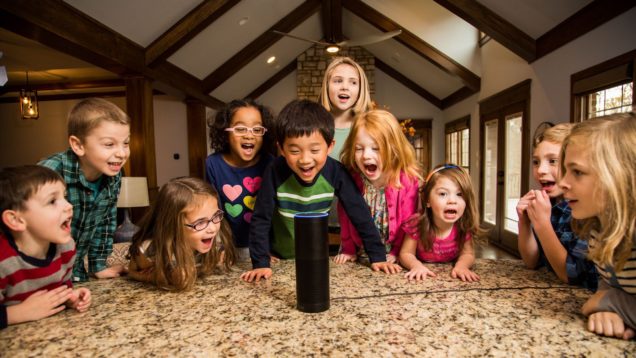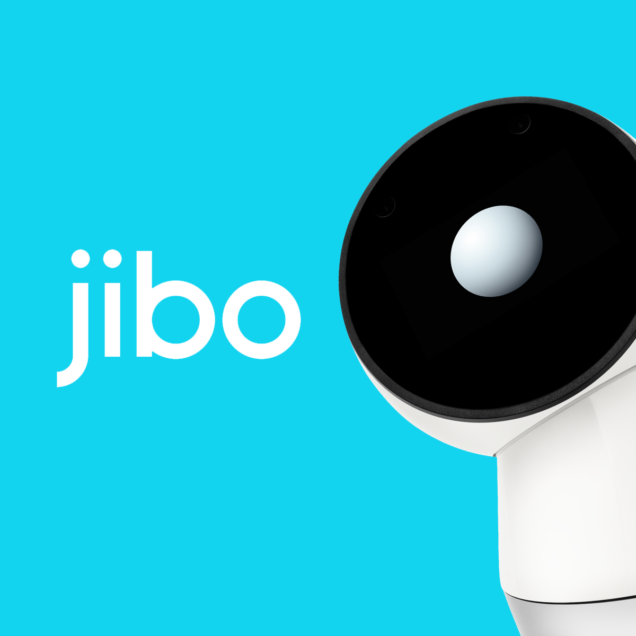Though the world is captivated by Siri and her charming ways… she’s not the first virtual assistant. Back when IBM introduced its first speech recognition machine in 1962 – few could imagine the incalculable functions that this technology would have. The IBM Shoebox was a computer that was able to perform mathematical functions and recognize 16 spoken words, as well as the digits one through nine. Next came Clippy, the Microsoft Office Assistant. Although Clippy didn’t have speech recognition, he was still an intelligent user interface that assisted users by way of an interactive character. Following Clippy came voice activated commands in vehicles. This helped make driving a little safer by enabling hands-free dialing, voice activated navigation systems, voice control, and search capabilities for in-car systems. As we approach 2011 on this timeline, this is when Siri was invented. Siri is an artificial intelligence; meaning she is a computer that behaves like a human. Once this concept became mainstream, other companies started invented their own versions. Amazon came out with Alexa, who is incorporated in the Amazon dot, echo, and show. Microsoft came out with Cortana. Samsung launched the S Voice, and currently Google is advertising their Google Pixel.
All of these technologies and their capabilities are embedded in many aspects of our world. It has significantly changed the way people function throughout their daily lives, and has imposed a need and an astronomical dependence. Today is not like yesterday. 2017 is not the same as 1917. These technologies have evolved, helping one another along the way; but what will it do to kids to have digital butlers they can boss around? What is it going to mean for kids to grow up with these computers acting as “social actors”? (Reeves & Nass, 1996). The computers as social actors’ theory demonstrates how people treat computers, television, and new media like real people. Kids call on these tools at any moment in a day. These technologies can be helpful for learning, playing, and communicating. Alexa for instance can tell stories, control applications, conduct a game, and turn on the lights (if the child is too small to reach a wall switch yet). Siri can tell jokes, search for things, create reminders, set alarms, and even call people. Now, the population that uses these technologies the most are amongst people between the age of 25 to 34. That population includes a ton of parents-to-be, and parents to young children. As these technological helpers become more and more popular, their abilities and features will become better and better. They will start to sound more humanlike, and improve upon responding to questions and orders.

As this evolution continues, kids will go beyond telling Alexa to play a song. They will become more sophisticated and comfortable with the technology that they will go as far as requesting help with homework or to even control devices around the house. No one knows, just yet, how this kind of interaction with artificial intelligence (AI) and automation will affect how children behave, yet alone what they think of computers. Kids could become compelled to order the technology around. Or, they could become lazier than they already are, because it would be easier to ask the virtual assistants to buy and do things for them. Or, worse case, both could happen. This is all a part of the Kiddie AI Revolution.
As a unit, people are already tethered to their devices (Turkle, 2008). The “tethered self” refers to how we as a society have a social connection to technology. We are always available, therefore insisting on “perpetual contact”. While it is up to individuals to use or not the communicative affordances of mobile communication, opting out becomes less of an option when ‘always on’ accessibility is turned into a normative behavior and a cultural value (Van Dijk, 2013). Children argue that “perpetual contact” represents a mutually assumed part of peer interaction, when in reality, it ultimately leads to the deterioration of interpersonal skills. This correlates to emotion.
Kids may not necessarily associate these technologies as human, but they one hundred percent acknowledge their humanlike qualities. Kids often believe that these technologies have feelings. If Alexa were to go away, the kids feel bad. Alexa and its peers do help build social skills and push boundaries for those who can’t read, write, or type yet, but excel at talking a mile a minute. Kids pick up on patterns, and realize they can’t talk to these technologies as if they are a person, but the Google pixel is expanding upon this. Their advertisements emphasize that you can talk to the phone in a more laid back lingo, and that it will understand; making it even more adaptable to everyday life. If these technological helpers continue to grow and improve at this rate, what will 2020 look like? What happens when these “agents” start providing feedback, and proceed to tell you why they don’t understand what it is you are asking for, so they can better determine how to get you what you want. Wil this allow for children to become bossier and brattier from their newly profound habit of ordering Alexa or the Google Home around? Most likely no, but it may reduce a child’s ability to do things for themselves. It will pose as an enabler, and again, is something we need to be watchful for as the Kiddie AI revolution modernizes.
Maybe growing up with these technologies for the next generation will make technology less distracting, therefore enabling it to, in a sense, fade into the background of our lives. We can get what we need from it, and then move on until we come back with another request. Futuristically, these technological helpers will continue to become more humanlike. Holographic personal assistants are in the process of giving Siri and Alexa a run for their money. Robots are also being invented, like Jibo – the first social robot for the home. In conclusion, growing up with AI technology has it advantages, but we need to be mindful of the harm they are capable of as well as they emerge day by day.

References
Reeves, B., & Nass, C. (1996). How people treat computers, television, and new media like real people and places (pp. 3-18). CSLI Publications and Cambridge university press.
Turkle, S. (2013). Always-on/Always-on-you: The Tethered Self. Cross Currents: Cultures, Communities, Technologies.
Van Dijck, J. (2013). The culture of connectivity: A critical history of social media. Oxford University Press.